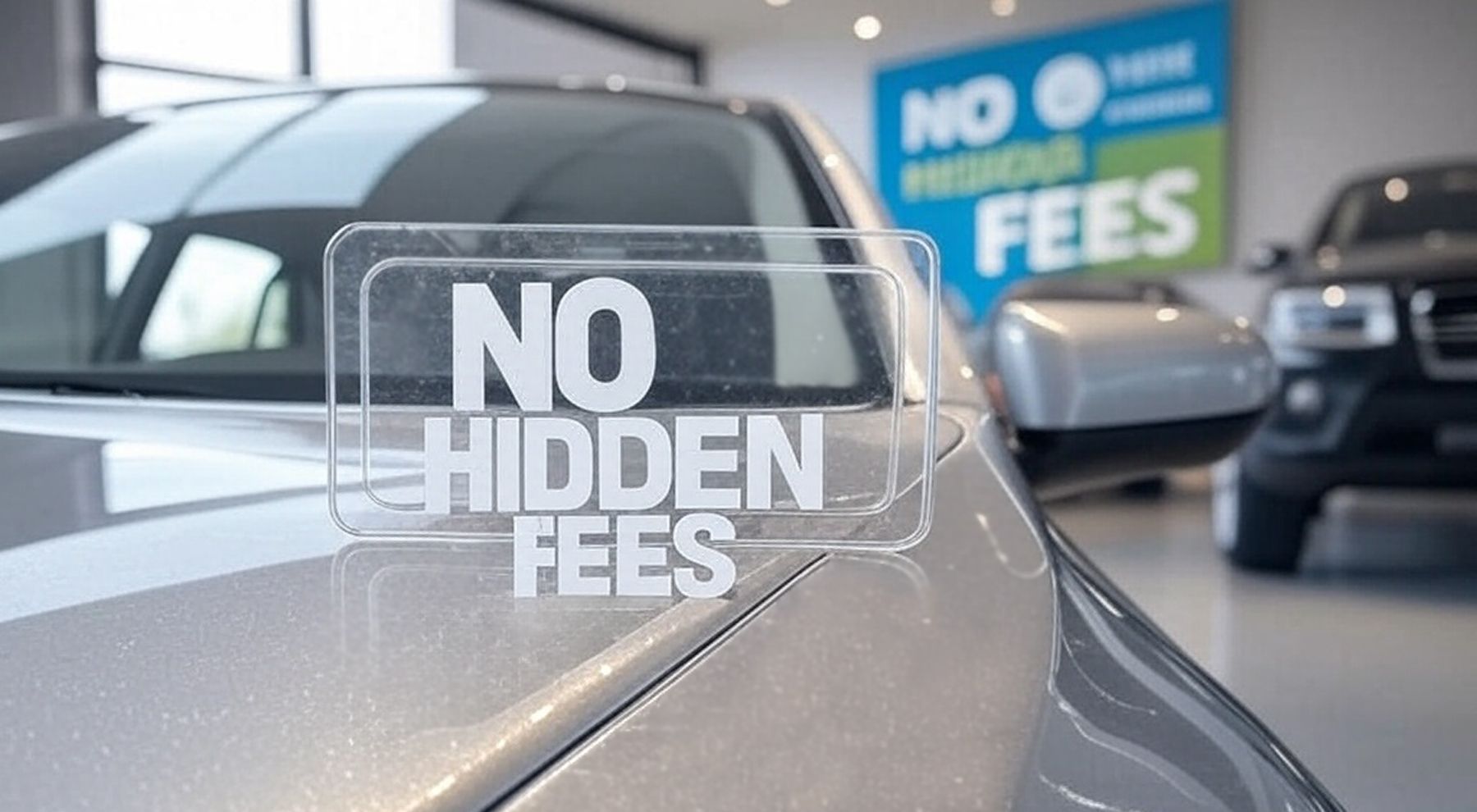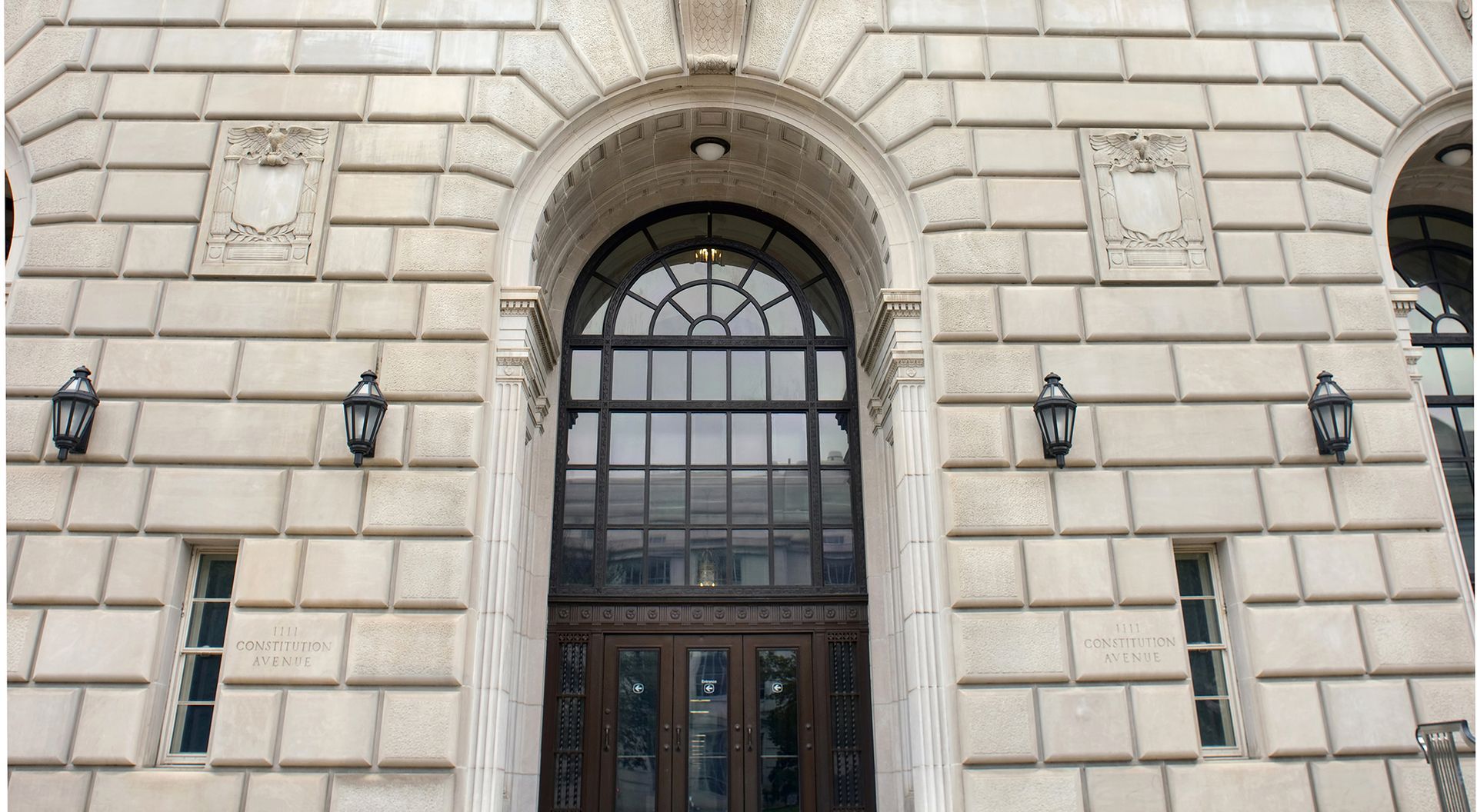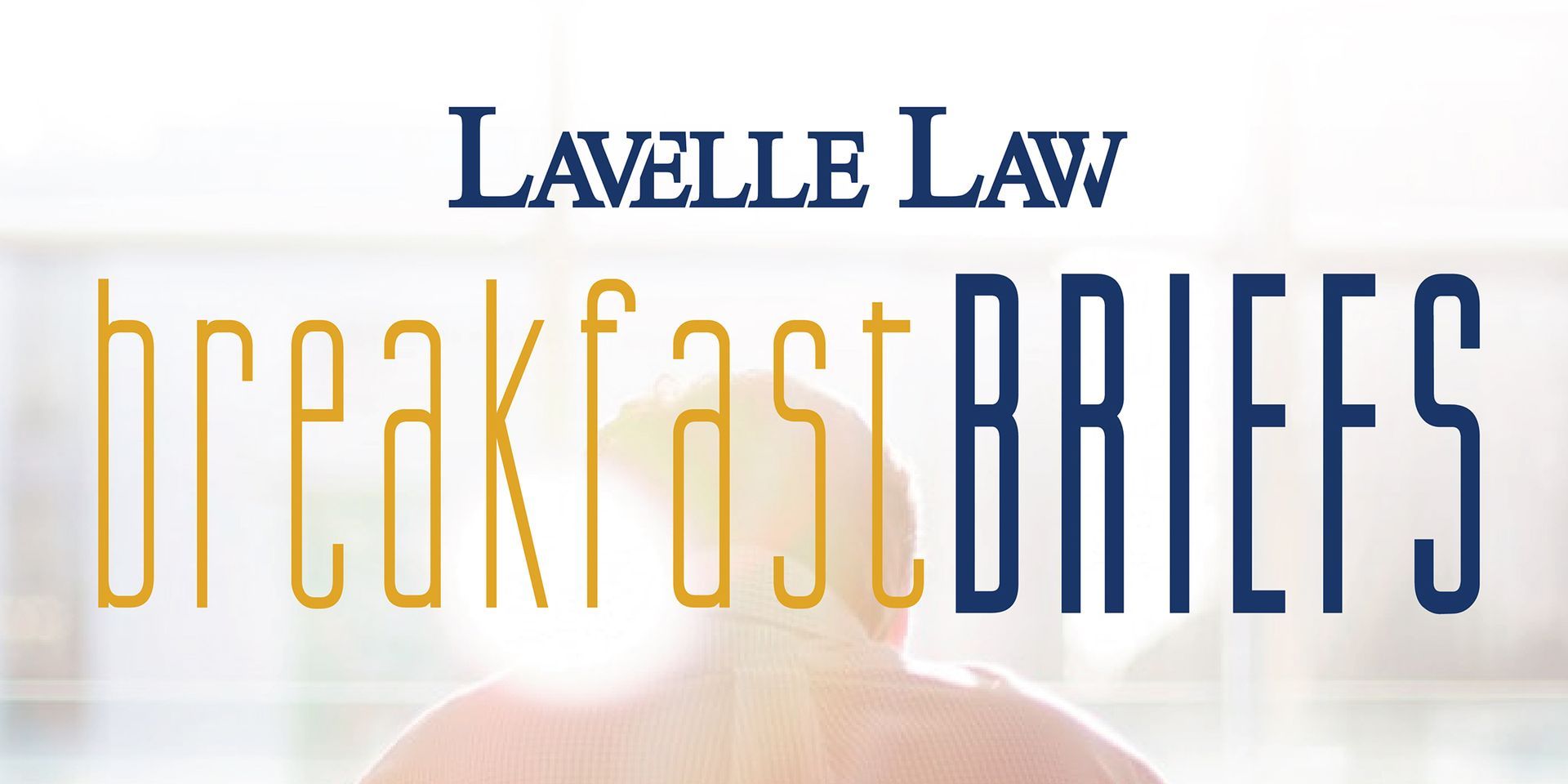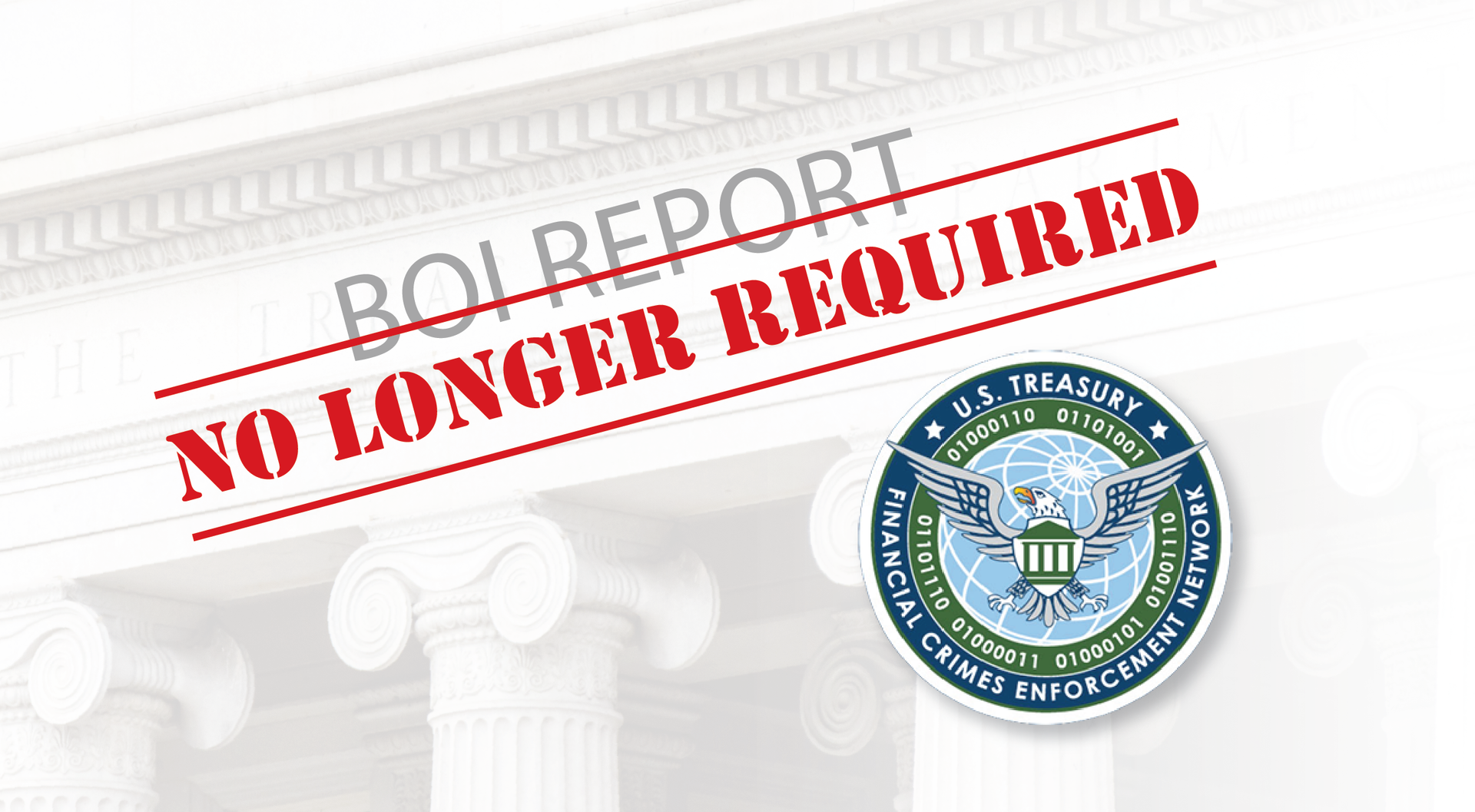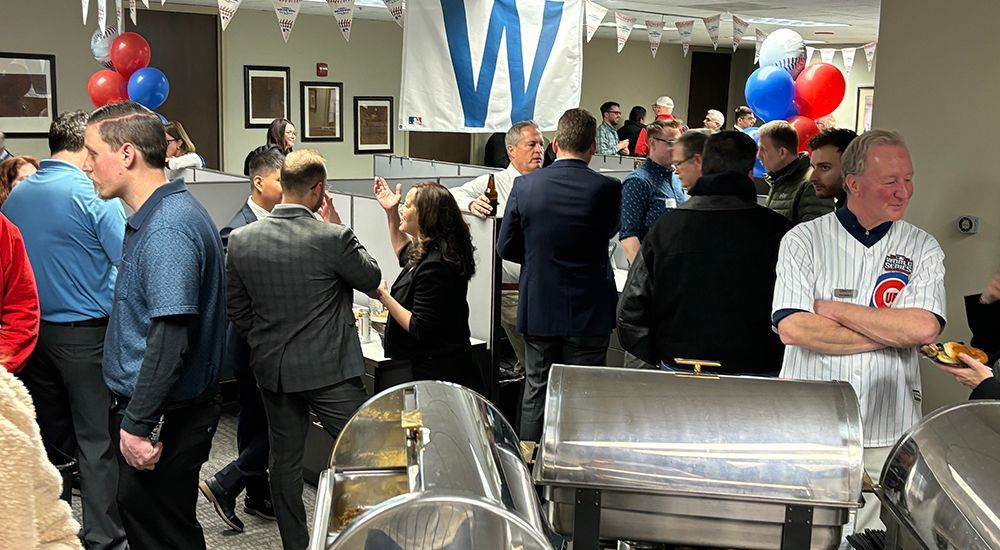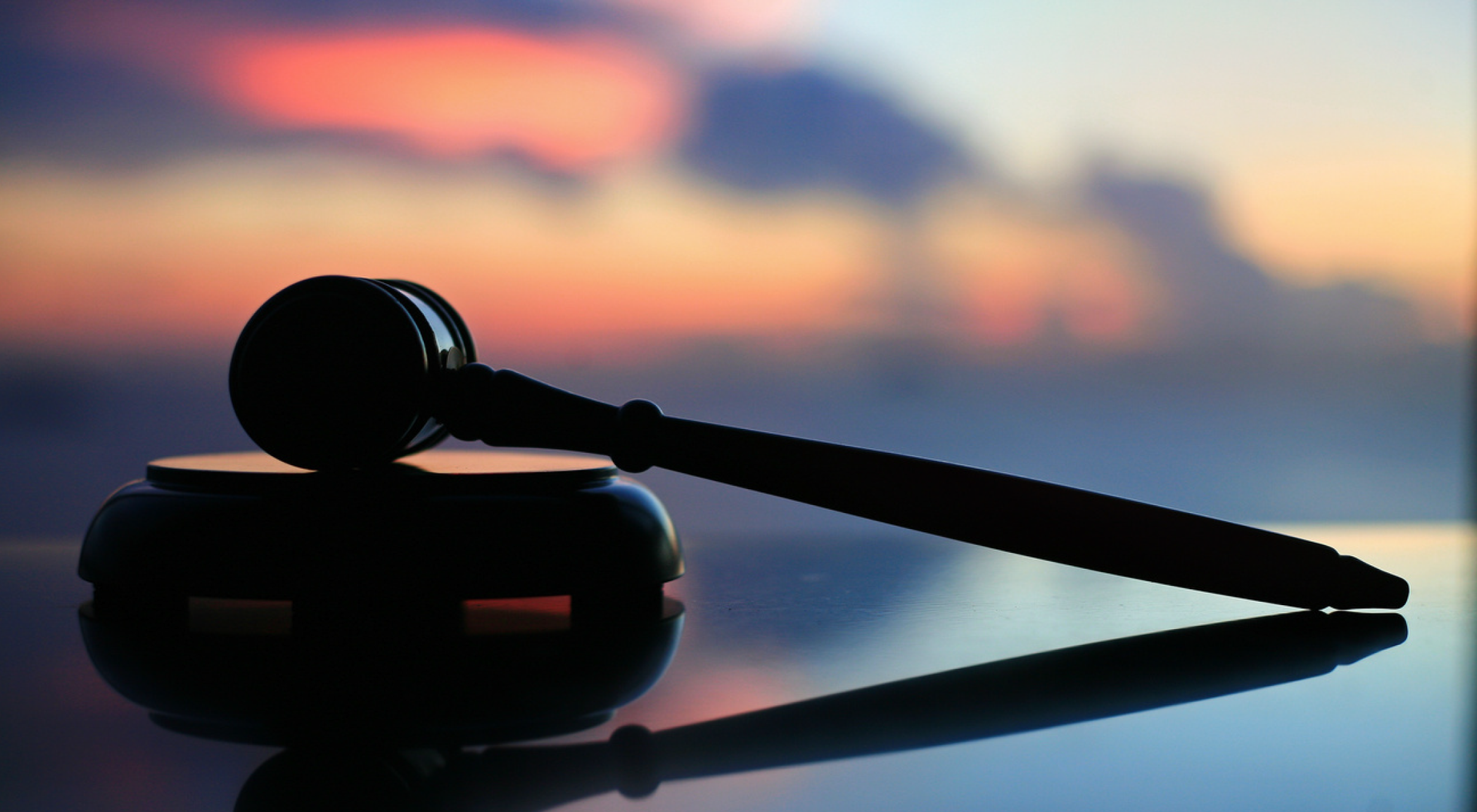Uber Kicked Us Out, Now What?
“Uber kicked us out, now what?” was probably one of the first thoughts going through Jasmine Vega and Sean Kramer’s minds around 2:00am the morning that their Uber driver kicked them out. Directly prior to their premature ousting, Jasmine and Sean had just finished watching a movie at a theatre and ordered an Uber to take them home. During the trip, the Uber driver made incorrect turns and wound up lost before Sean tried to help. In return, the Uber driver became furious and kicked them to the curb. Unable to find another ride home, they started walking.
After walking a couple of blocks, Jasmine and Sean’s luck did not improve and, as they entered a crosswalk, another vehicle hit the couple and sped off. The hit and run driver severely injured Jasmine and hurt Sean. As a result, Sean and Nancy Coronel, in her capacity as Jasmine’s guardian, filed a personal injury lawsuit not only against John, the driver of the vehicle that struck them, but also against Uber and its driver.
Why did they file suit against Uber and its driver? Should Uber and its driver be held liable for the negligent conduct of an independent party? Is it fair to hold Uber and its driver accountable for an accident that occurred blocks away from Jasmine and Sean’s forced departure from the Uber? How could Uber and its driver have known that by forcing Jasmine and Sean out of their vehicle it would be putting them into harm’s way? These were all questions that Uber raised and argued at the trial court level in an attempt to get the court to dismiss the case against them. Arguments that the trial court found persuasive. Before reaching the merits of the case, the trial court granted Uber’s motion to dismiss and found, as a matter of law, Uber and its driver were not liable for Jasmine and Sean’s accident.
However, the fight did not end there. Jasmine and Sean appealed the trial court’s decision and in Kramer & Coronel v. Szcepaniak, et al. , the Illinois Appellate Court disagreed, reversed the trial court’s decision, and remanded the case. 2018 IL App (1st) 171411. The Court found that it could be “reasonably foreseeable” that by abandoning Jasmine and Sean in the wee hours of a Sunday and not within a “zone of safety,” Uber and its driver could be held liable for the damages incurred that night.
The Court buttressed its position by referencing all of the factors that Jasmine and Sean plead within their complaint, which arguably put the Uber driver, and therefore Uber, on notice that this decision was ripe for failure. Such factors included the time of night, the fact that it was a weekend, the fact that the Uber driver knew or should have known other reckless drivers were on the road at that time, and the lack of police presence in the area. In addition, the Court found “but for” the Uber driver abandoning them in the middle of the road, they would not have crossed the intersection, and therefore not have been struck by the independent negligent driver. Lastly, the Court also found that because Jasmine and Sean had not reached a “position of apparent safety,” the chain of liability from Uber’s driver’s conduct had not been cut at the time of the collision.
While the Court did not say that Jasmine and Sean will be successful in proving their case, it did say that they have a case to prove. Cases like this exemplify the importance of hiring an experienced, aggressive, and responsive attorney to handle your personal injury action. While others might have only sued the driver of the vehicle that struck Jasmine and Sean, through wise/creative counsel, Jasmine and Sean found another avenue of recovery.
If you have been injured in an automobile accident or as a result of someone’s negligence, please contact attorney Nicholas Dollenmaier at 847-705-7555 or via email at ndollenmaier@lavellelaw.com to discuss your case and help get the compensation you deserve.
More News & Resources
Lavelle Law News and Events
